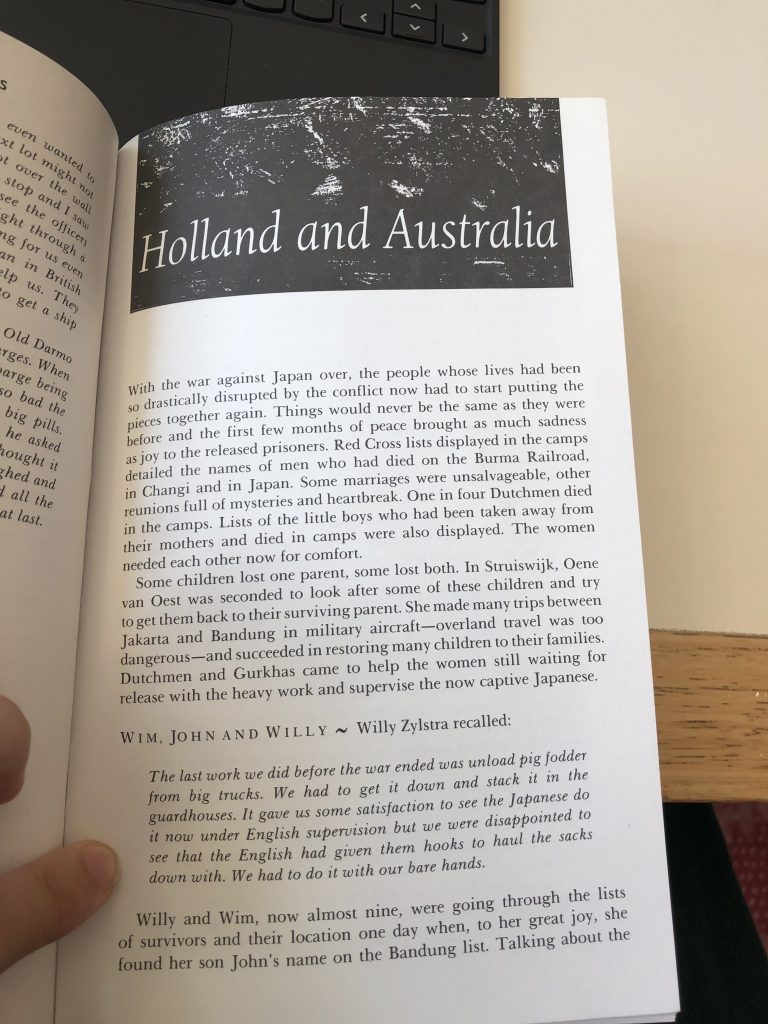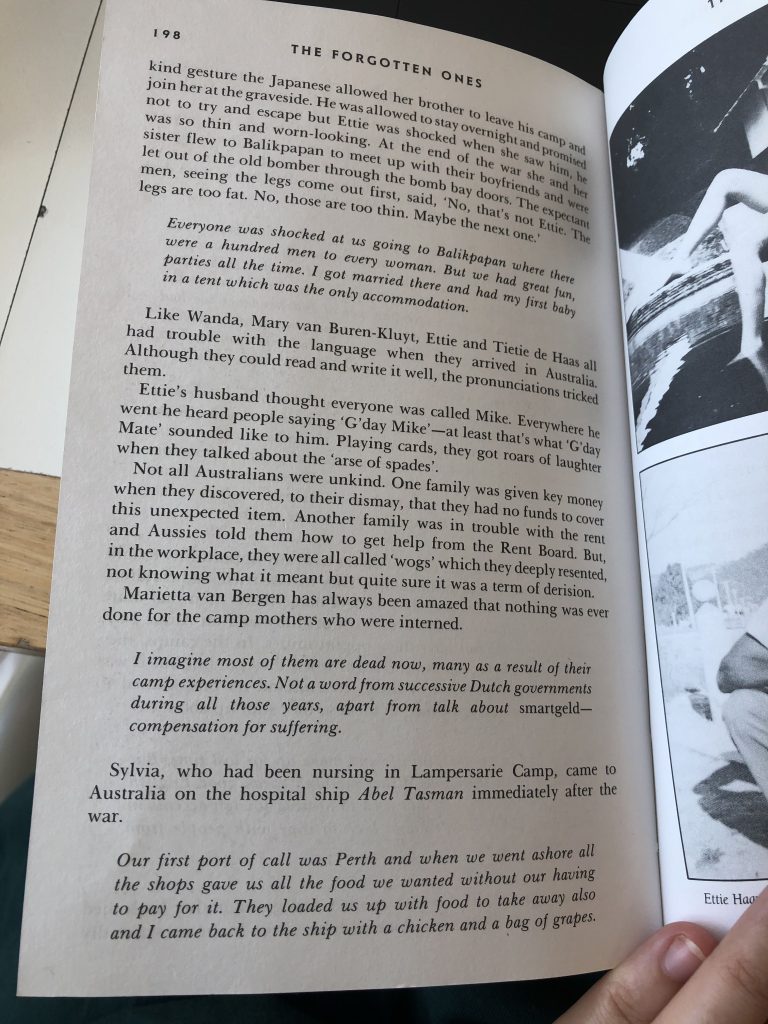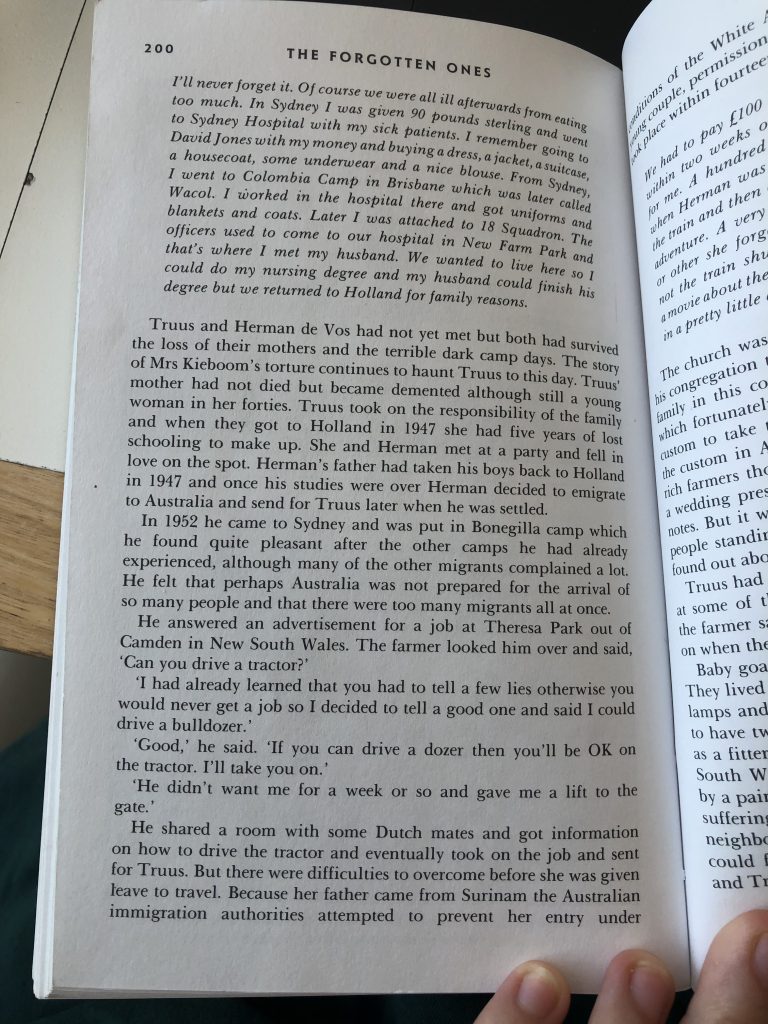Following the Japanese invasion and occupation of the Dutch East Indies (now Indonesia) during World War II, many Dutch men, women, and children were interned in prisoner-of-war camps, known as internment camps or concentration camps. These camps were often harsh, with overcrowded conditions, limited food, and inadequate medical care.
After the war ended and the Dutch East Indies were liberated, the situation remained unstable and many Dutch civilians continued to face hardship and violence. In response, the Dutch government initiated evacuation efforts to provide medical care and repatriation for those in the worst conditions. The Australian government played a significant role in supporting these efforts by providing medical facilities and resources to aid in the recovery of the evacuated Dutch civilians.
Several locations in Australia were used as reception centres for Dutch evacuees. One notable location was the Tatura Internment Camp in Victoria, which was repurposed as a refugee camp for Dutch civilians. Other locations included Camp Columbia (Wacol) in Brisbane, Woodside in South Australia and Bonegilla in Victoria. These camps provided accommodation, food, medical care, and support for those in need, helping them recover from the physical and psychological effects of their wartime experiences.
It’s important to note that while some Dutch civilians were evacuated to Australia for recuperation, not all individuals in the Dutch East Indies were able to be evacuated due to logistical challenges and limited resources. The evacuation efforts primarily targeted those in the direst circumstances.
The book: “The Forgotten Ones: Women and Children under Nippon” by Shirley Fenton Huie sheds light on the experiences of women and children during World War II in the Dutch East Indies under Japanese occupation. This also includes the story of the Zylstra family who were evacuated and also briefly stayed at Camp Columbia (Wacol). The book is at the State Library of Queensland and the pictures were made by UQ Researchers Ruby Todorovski.








